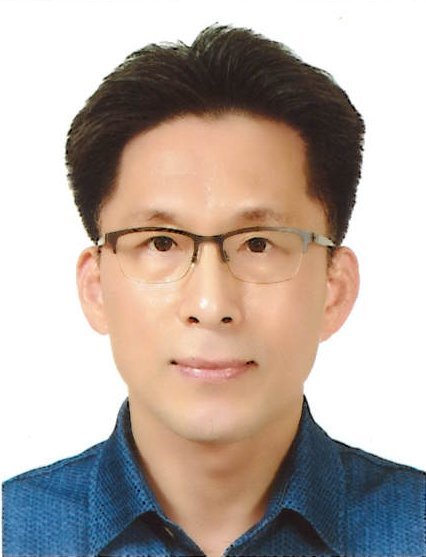 |
Shin Hyun-ik |
Radar experts call airborne radar the “flower of radar” for all the cutting-edge technologies used in its development. It is also the most difficult and challenging R&D field, as only a limited number of advanced countries have the original, proprietary technologies.
Dubbed “the eyes of KF-X,” active electronically scanned array, or AESA, radar is the core gadget for Korea’s indigenous KF-X fighter jets, which provides detection and tracking of multiple air, ground, naval targets by radiating beams from its airborne platforms.
In December 2015 when the US government refused to transfer AESA radar technology for the KF-X program, the decision was made to develop AESA radar by using Korea’s own technologies.
Pessimism was dominant at that time since Korea had absolutely “zero” experience in the manned airborne radar field. The country’s local R&D experience had been limited to ground, naval and unmanned aircraft radars.
Four years from that momentous decision, we are now rolling-out Korea’s first AESA radar prototype developed based on the homegrown technologies.
The most remarkable outcomes from our R&D efforts over the past four years include the successful completion of the AESA Antenna Unit in 2019, which is regarded as the most difficult part in the hardware development, as well as the successful performance evaluation, which used Flying Test Bed of the world’s leading radar specialist company. What is more surprising for us is that the overseas company who had taken part in the test and evaluation process actually inquired us as to the product’s export possibility as they witnessed the excellent qualities of our locally developed antenna device. So now we are looking at its export opportunities as well.
At present, our engineering teams are focusing on AESA radar’s software development after completing the main hardware parts. By fully utilizing Agency for Defense Development’s radar technology capabilities, they are developing air-to air, air-to-surface and air-to-sea modes and performing field tests for air-to-air mode.
To ensure the radar is adequately mounted on the aircraft, drawings as well as 3-dimension models were used, while the device weight is maintained at below 87 percent of the allocated design weight. All in all, all of its hardware and software development activities are on track and going as planned.
Despite so many difficulties facing the KF-X AESA Radar Program from the beginning, it has been quite successfully performed. This can be attributed to the combination of the following factors: i) tremendous efforts of engineers participating in the project, ii) active support and collaboration by and among government agencies and other companies involved, iii)effective utilization of experience and technologies in radar field accumulated for more than 20 years and iv) aggressive R&D strategy that fully utilized technological cooperation with overseas partners for test and evaluation process.
But the utmost credit should go to the engineers at ADD and industry partners. They are the ones who really made it possible for us to say this difficult AESA project is at last “on track’, and whose devoted efforts helped us overcome all of the hardships and finally achieve the roll-out of Korea’s first AESA radar system.
Also, our thanks go to the personnel at the Air Force, Joint Chiefs of Staff, Defense Acquisition Program Administration, Defense Agency for Technology and Quality, and Defense Industry Technology Center, who proactively removed many huddles and provided great support for the program. We resolved to work together until the end of the program so as to bring this program to the successful conclusion.
Thinking that the AESA radar, the first roll-out product after 4 years of R&D efforts, would be fitted onto KF-X fighter jets, all of us at ADD would feel a lump in our throat and our hearts would swell with pride. We at ADD will take this AESA radar prototype roll-out as the momentum for making our best efforts to bring the best results as always.
By Shin Hyun-ik (
hishin1988@gmail.com)
The writer is a senior researcher at R&D Planning Department of the Agency for Defense Development. The views reflected in the article are his own. -- Ed.




![[Herald Interview] 'Trump will use tariffs as first line of defense for American manufacturing'](http://res.heraldm.com/phpwas/restmb_idxmake.php?idx=644&simg=/content/image/2024/11/26/20241126050017_0.jpg)

![[Health and care] Getting cancer young: Why cancer isn’t just an older person’s battle](http://res.heraldm.com/phpwas/restmb_idxmake.php?idx=644&simg=/content/image/2024/11/26/20241126050043_0.jpg)

